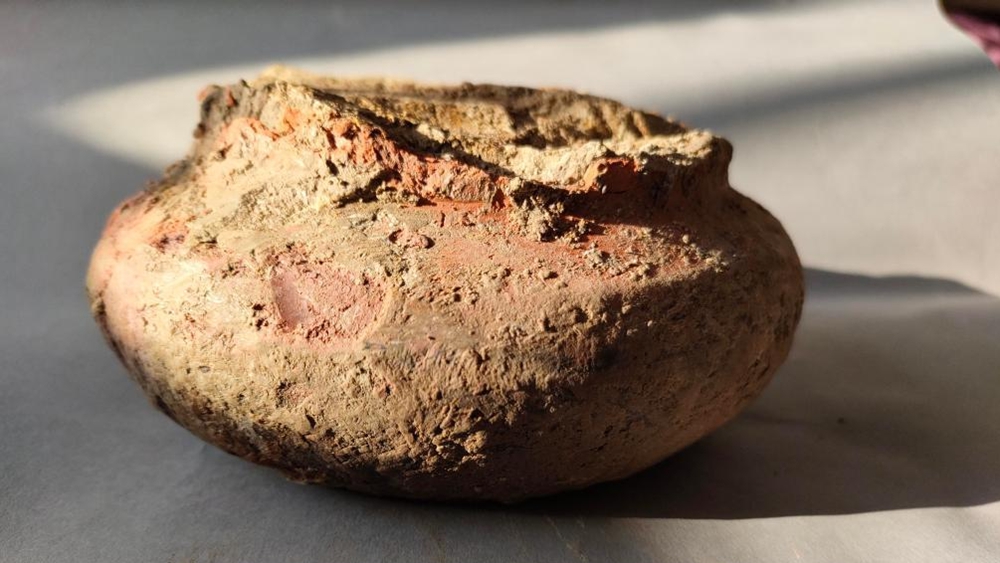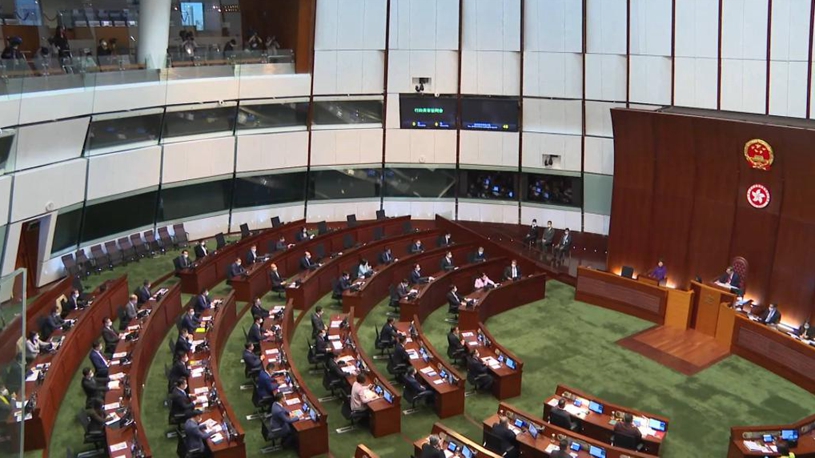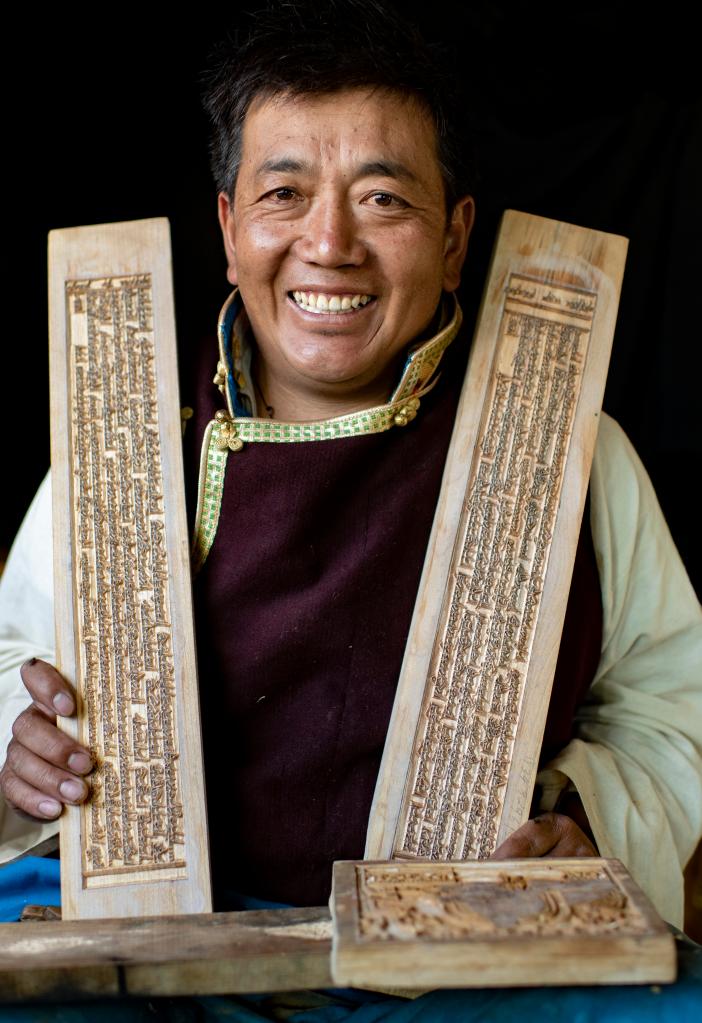
Karma Chodrak, an intangible heritage inheritor of the Pusum hand-engraving, shows his works in his workshop at Nyemo County, Lhasa, southwest China's Tibet Autonomous Region, on Sept. 18, 2021.(Xinhua/Purbu Zhaxi)
LHASA, Jan. 14, 2022 (Xinhua) -- As a culture-rich county, Nyemo is known for its three intangible heritages handicrafts: Tibetan incense-making, Tibetan paper-making and Pusum hand-engraving. Now local villagers embrace a better life with their expertise and do their best to preserve and pass on the handicrafts.
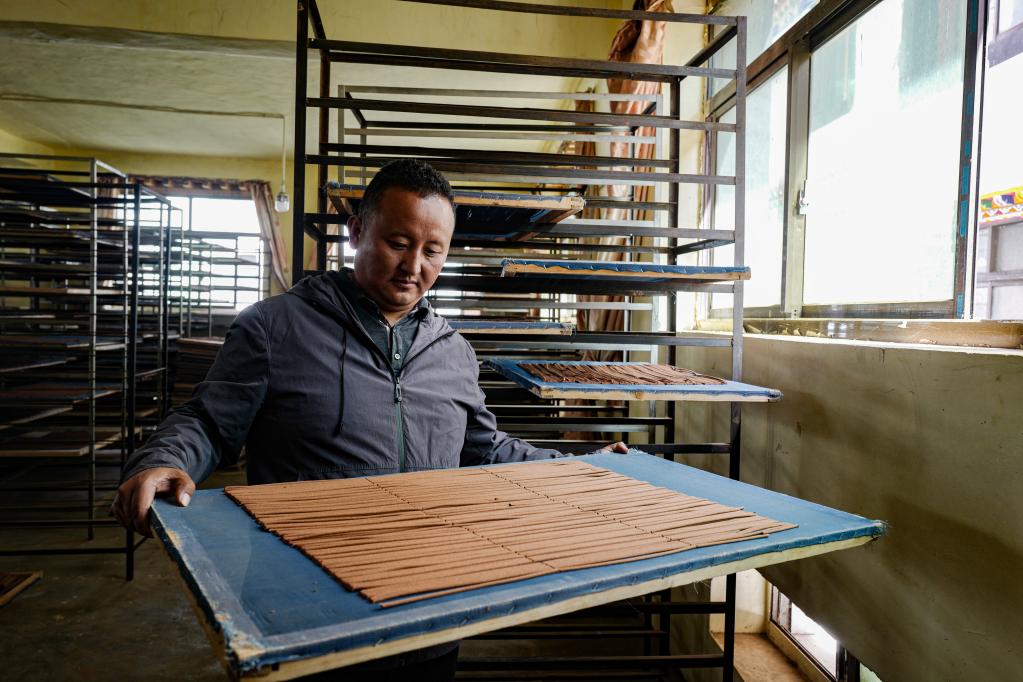
Tenzin Chodrak, an intangible heritage inheritor of the Tibetan incense-making, checks on the newly-made incense in his workshop at Nyemo County, Lhasa, southwest China's Tibet Autonomous Region, on Sept. 18, 2021. (Xinhua/Purbu Zhaxi)
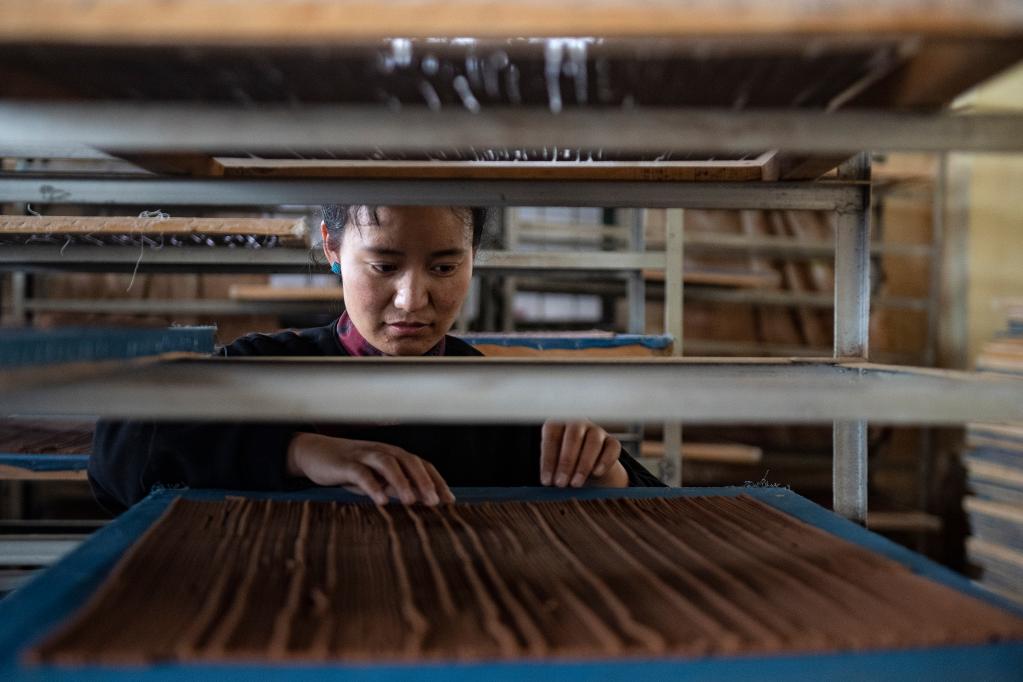
A worker checks on Tibetan incense products in a workshop at Nyemo County, Lhasa, southwest China's Tibet Autonomous Region, on Sept. 18, 2021.(Xinhua/Jigme Dorje)
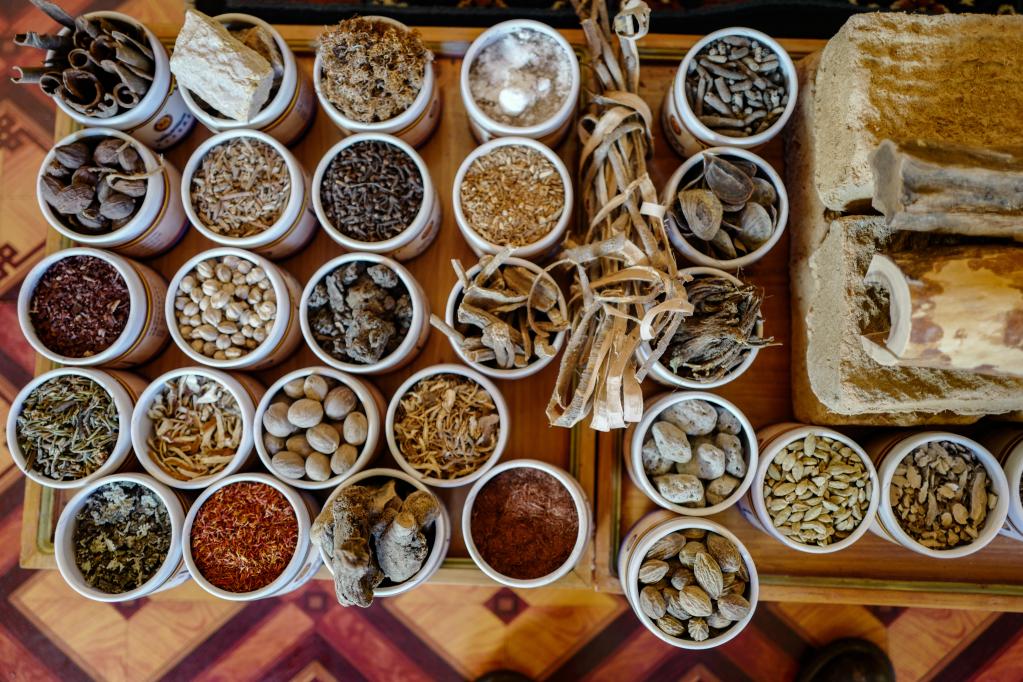
Photo taken on Sept. 18, 2021 shows materials used to make Tibetan incense at Nyemo County, Lhasa, southwest China's Tibet Autonomous Region. (Xinhua/Jigme Dorje)
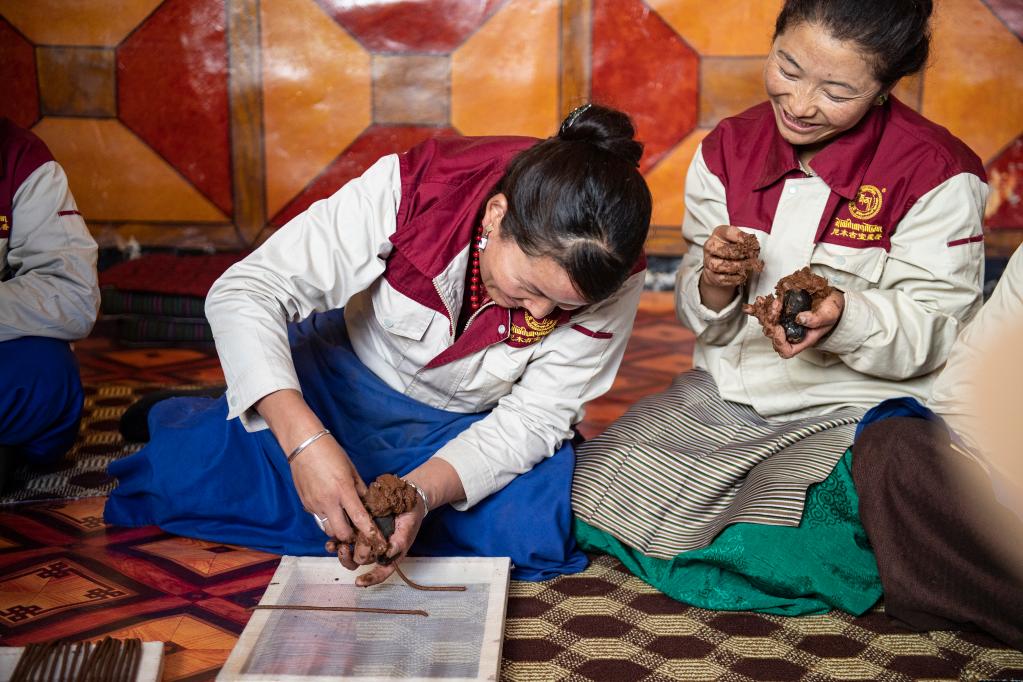
Workers make Tibetan incense with traditional craftsmanship in a workshop at Nyemo County, Lhasa, southwest China's Tibet Autonomous Region, on Sept. 18, 2021.(Xinhua/Sun Ruibo)
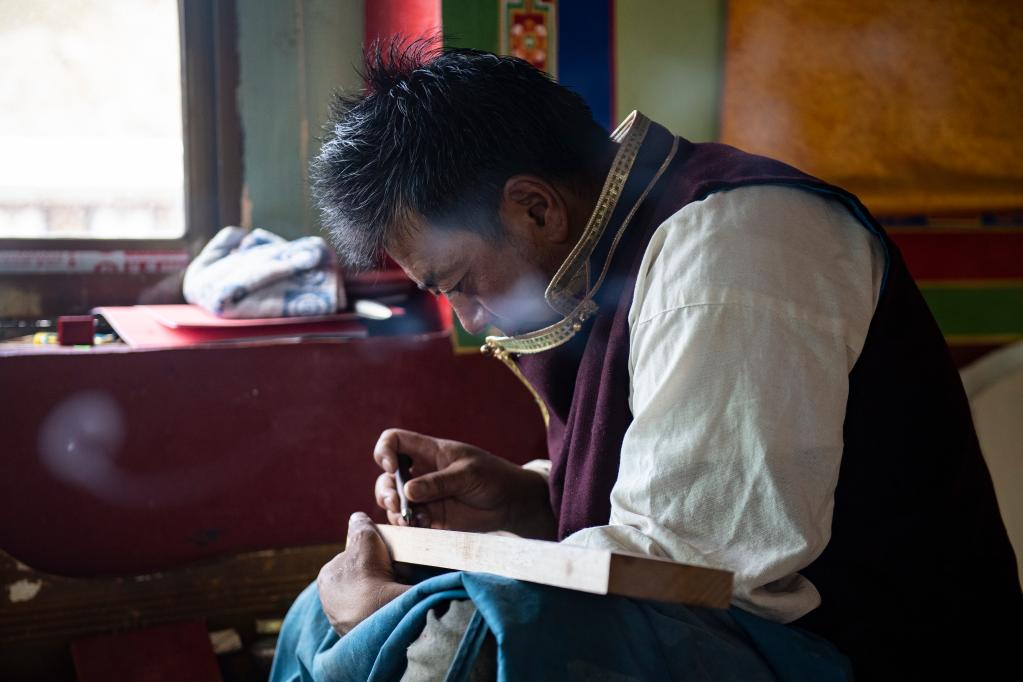
Karma Chodrak, an intangible heritage inheritor of the Pusum hand-engraving, works in his workshop at Nyemo County, Lhasa, southwest China's Tibet Autonomous Region, on Sept. 18, 2021.(Xinhua/Sun Ruibo)
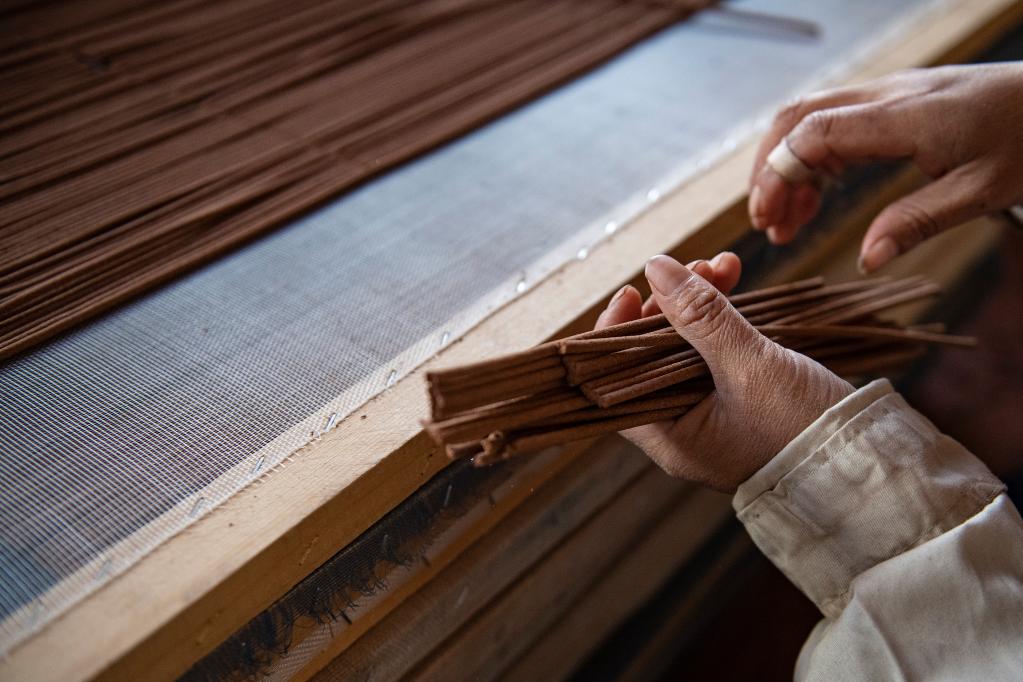
A worker collects Tibetan incense in a workshop at Nyemo County, Lhasa, southwest China's Tibet Autonomous Region, on Sept. 18, 2021. (Xinhua/Jigme Dorje)
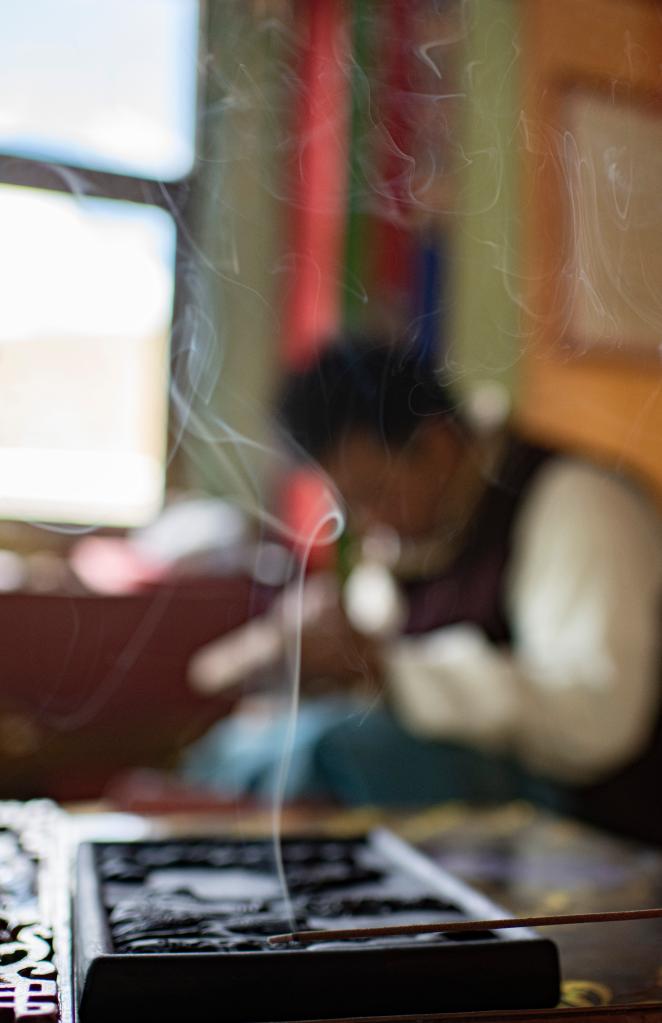
Karma Chodrak, an intangible heritage inheritor of the Pusum hand-engraving, works in his workshop at Nyemo County, Lhasa, southwest China's Tibet Autonomous Region, on Sept. 18, 2021.(Xinhua/Purbu Zhaxi)
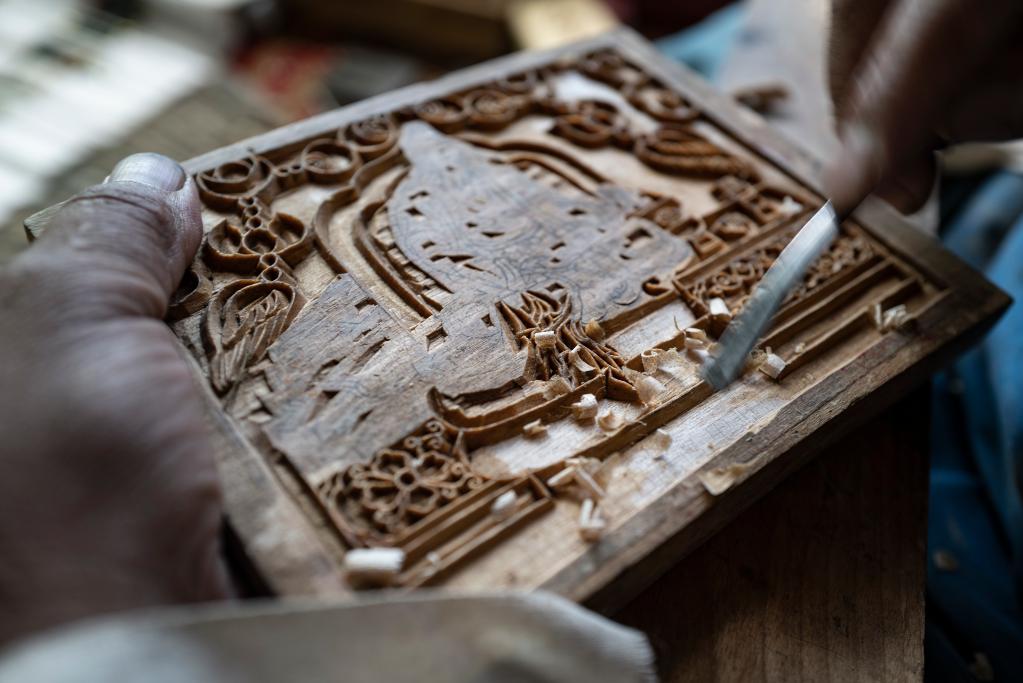
Karma Chodrak, an intangible heritage inheritor of the Pusum hand-engraving, works on a piece of wood in his workshop at Nyemo County, Lhasa, southwest China's Tibet Autonomous Region, on Sept. 18, 2021.(Xinhua/Sun Ruibo)
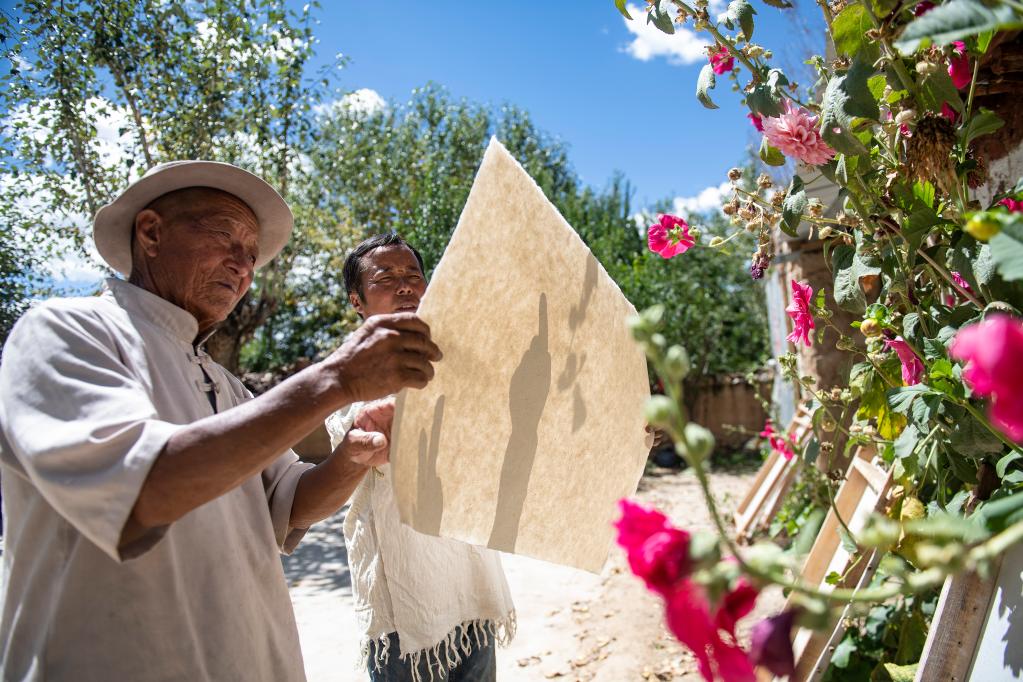
Tsetop (L), an intangible heritage inheritor of the Tibetan paper-making, checks on a Tibetan paper product with his son in his workshop at Nyemo County of Lhasa, southwest China's Tibet Autonomous Region, on Sept. 18, 2021.(Xinhua/Sun Ruibo)
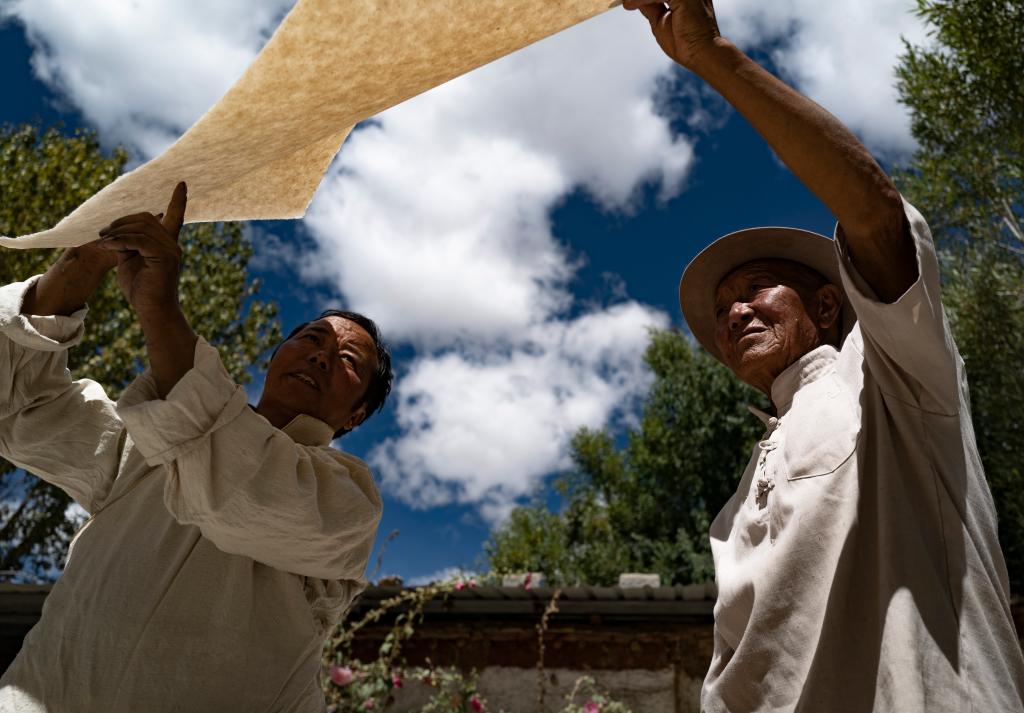
Tsetop (R), an intangible heritage inheritor of the Tibetan paper-making, checks on a Tibetan paper product with his son in his workshop at Nyemo County, Lhasa, southwest China's Tibet Autonomous Region, on Sept. 18, 2021.(Xinhua/Sun Ruibo)

Figures of Kelsang Tenzin (R) and his father, an intangible heritage inheritor of the Tibetan paper-making, are reflected on the water of a pool in the process of paper-making at Nyemo County, Lhasa, southwest China's Tibet Autonomous Region, on Sept. 18, 2021.(Xinhua/Jigme Dorje)
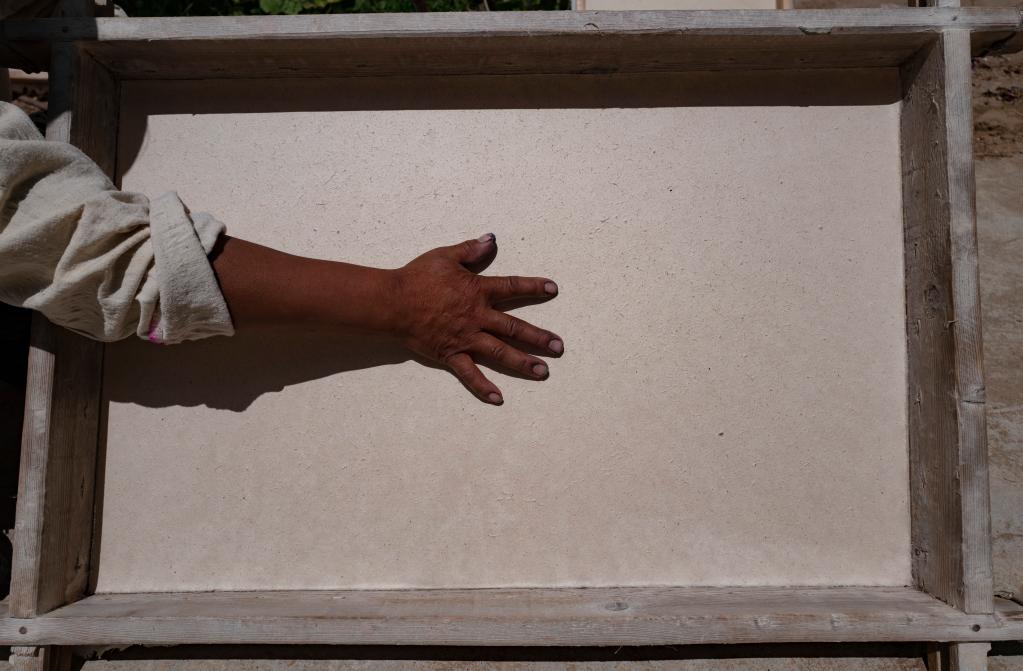
Kelsang Tenzin checks on a newly-made Tibetan paper at Nyemo County, Lhasa, southwest China's Tibet Autonomous Region, on Sept. 18, 2021.(Xinhua/Purbu Zhaxi)
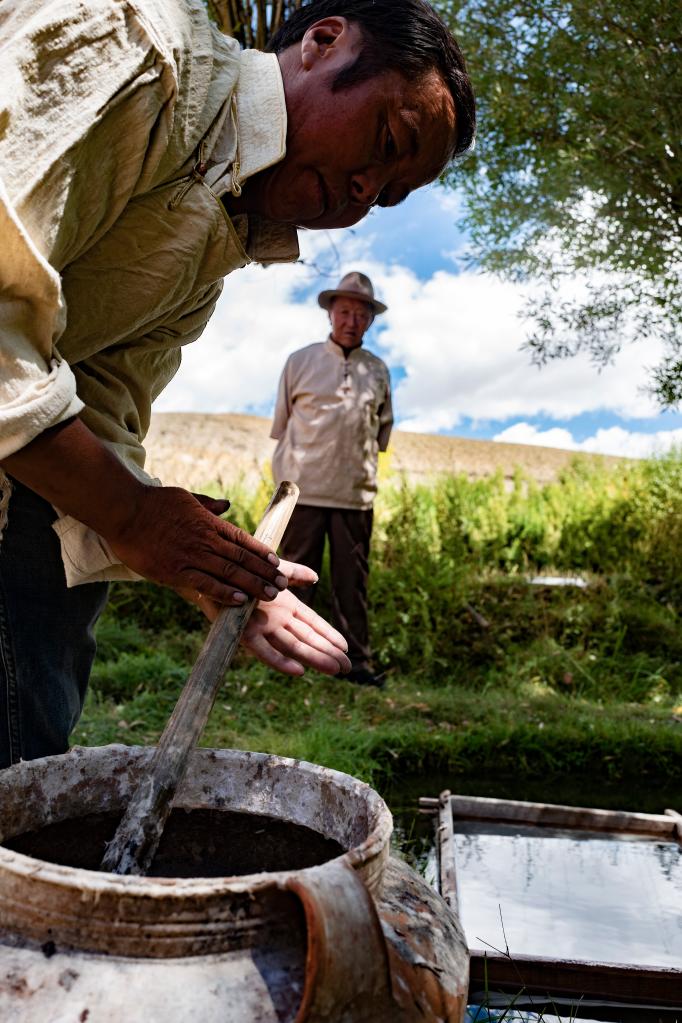
Tsetop (R), an intangible heritage inheritor of the Tibetan paper-making, looks at his son Kelsang Tenzin during the process of making Tibetan paper at Nyemo County, Lhasa, southwest China's Tibet Autonomous Region, on Sept. 18, 2021. (Xinhua/Purbu Zhaxi)

Aerial photo taken on Sept. 18, 2021 shows a bird's view of Nyemo County, Lhasa, southwest China's Tibet Autonomous Region. (Xinhua/Sun Ruibo)


